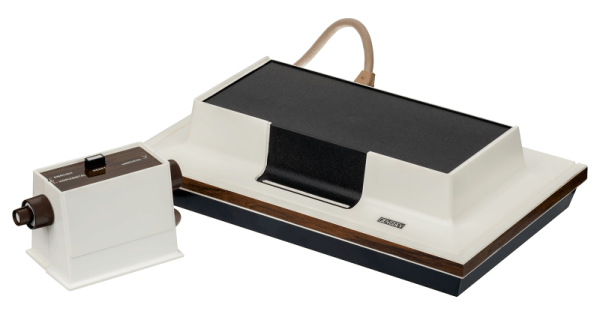When you think of tennis, you probably think of Wimbledon, the All England Club’s famous competition that has run for 147 years. Part of that history has always been line judges who call the ball in or out, sometimes to the ire of players and fans alike. But line judges will be no more at Wimbledon. They are moving to ELC or electronic line calling on all courts in both the main draw and the qualifying tournaments, according to [Tumaini Carayol] writing in The Guardian.
Of course, in 2007, the competition started using “Hawk-Eye,” which allows for review and challenges of the calls. ELC has also been used in other venues, such as the US Open, which has also done away with all line judges.
In fact, the only grand slam tournament that isn’t using ELC now is the French Open. There is some concern, however. The increased availability of line judges will cut down on the demand for new line judges at lesser tournaments. However, these jobs are a common pathway for aspiring chair judges to gain experience and exposure.
According to the Bloomberg video below, the system uses cameras and microphones to keep track of the ball’s position. Other reports say there are 18 cameras and, apparently, the system uses a computer-generated voice to call “out,” “fault,” or “foot fault.”
Apparently, there are some downsides, however. Last month at the US Open, play was halted because the remote office of the technicians operating the ELC system had to evacuate due to a fire alarm.
[Lewin Day] thinks tech will ruin sports. He may be right. Of course, we are more likely to play sports on technology.














